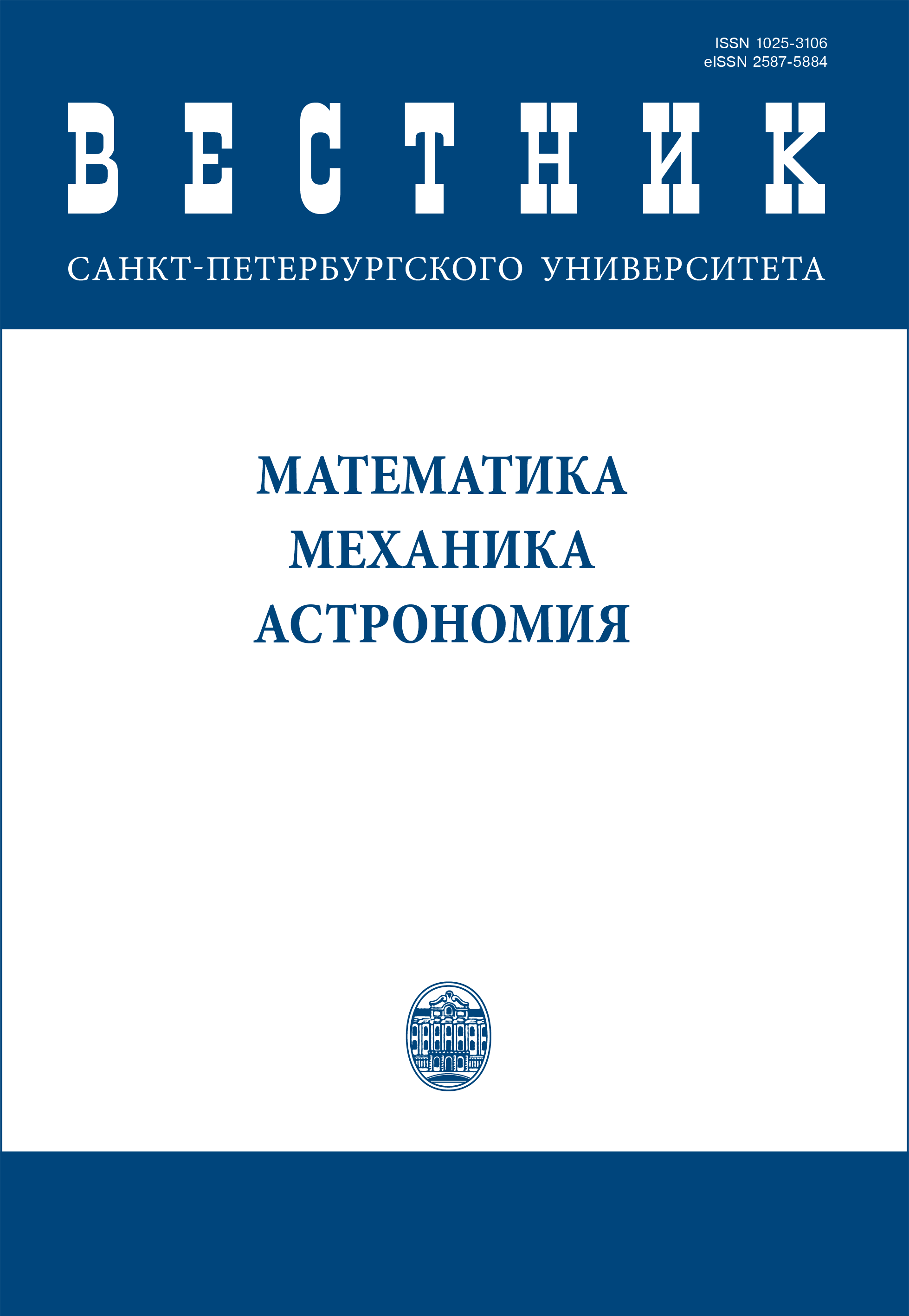Orbital precession in the restricted three-body problem: Exact representations
DOI:
https://doi.org/10.21638/spbu01.2024.113Abstract
Analytical representations for the rate of apsidal precession in the planar elliptical restricted three-body problem are considered in the case when the orbit of the disturbing body is external to the orbit of the test particle. Analytical expressions are compared with numerical data obtained during numerous calculations of the precession rate. An analytical expression is obtained for the apsidal precession velocity in the form of a power series with a parameter equal to the ratio of the semi-major axes of the orbits of the test particle and the disturbing planet. It is shown that the analytical expressions for the velocity of the apsidal precession of the particle are reliable only at distances not close to the instability zone near the orbit of the disturbing planet. Near the Wisdom gap, the linear secular theory stops working. A correction empirical formula is proposed for calculating the apsidal precession rate at relatively high (less than 0.5) eccentricities of the particle and the disturbing planet. The proposed formulas are applied to the description of the precession of orbits in real exoplanetary systems.Keywords:
restricted three-body problem, apsidal precession, Wizdom gap, exoplanets, planetary systems
Downloads
Downloads
Published
How to Cite
Issue
Section
License
Articles of "Vestnik of Saint Petersburg University. Mathematics. Mechanics. Astronomy" are open access distributed under the terms of the License Agreement with Saint Petersburg State University, which permits to the authors unrestricted distribution and self-archiving free of charge.




